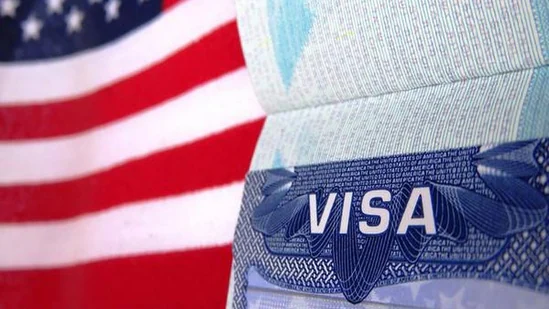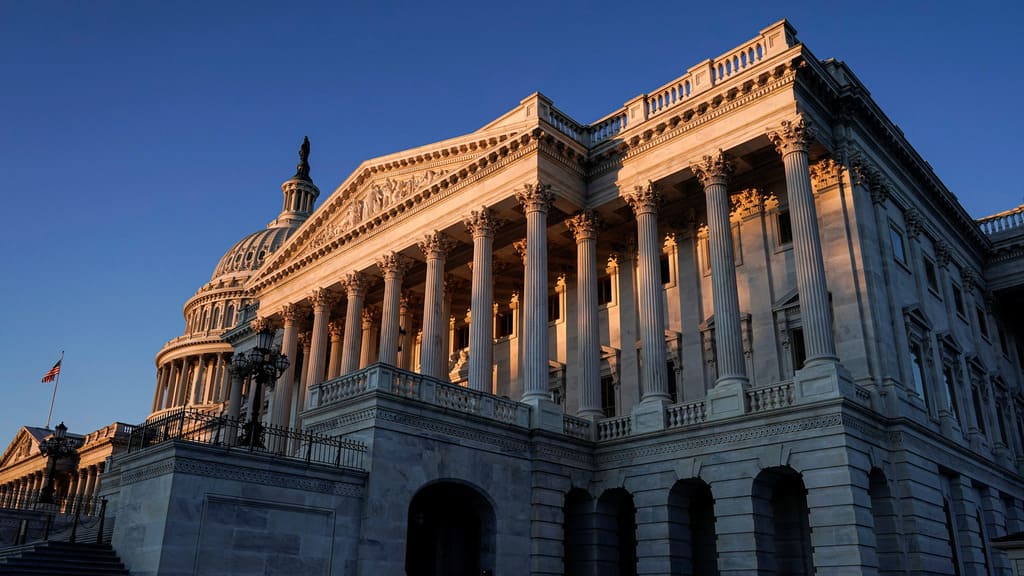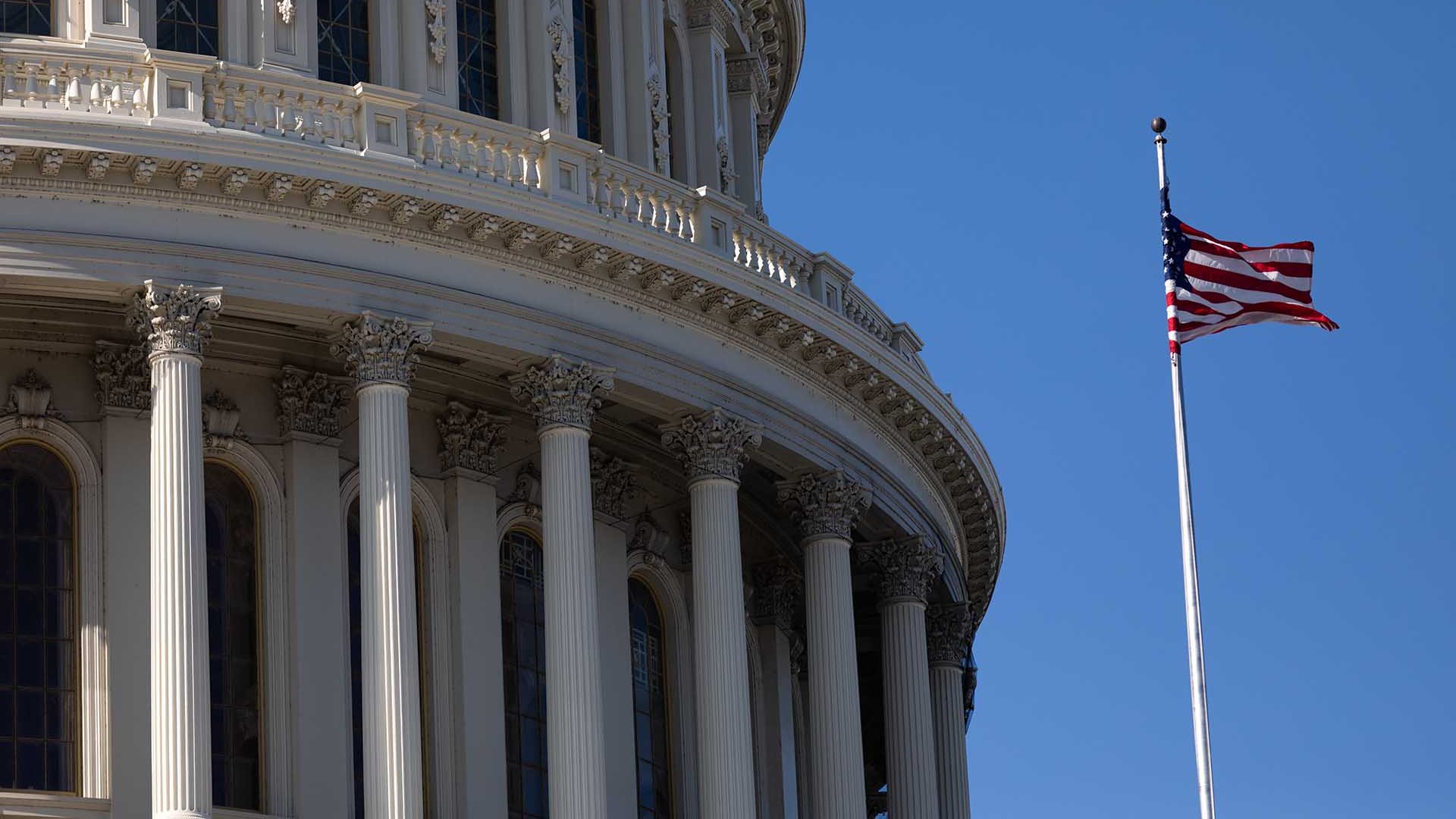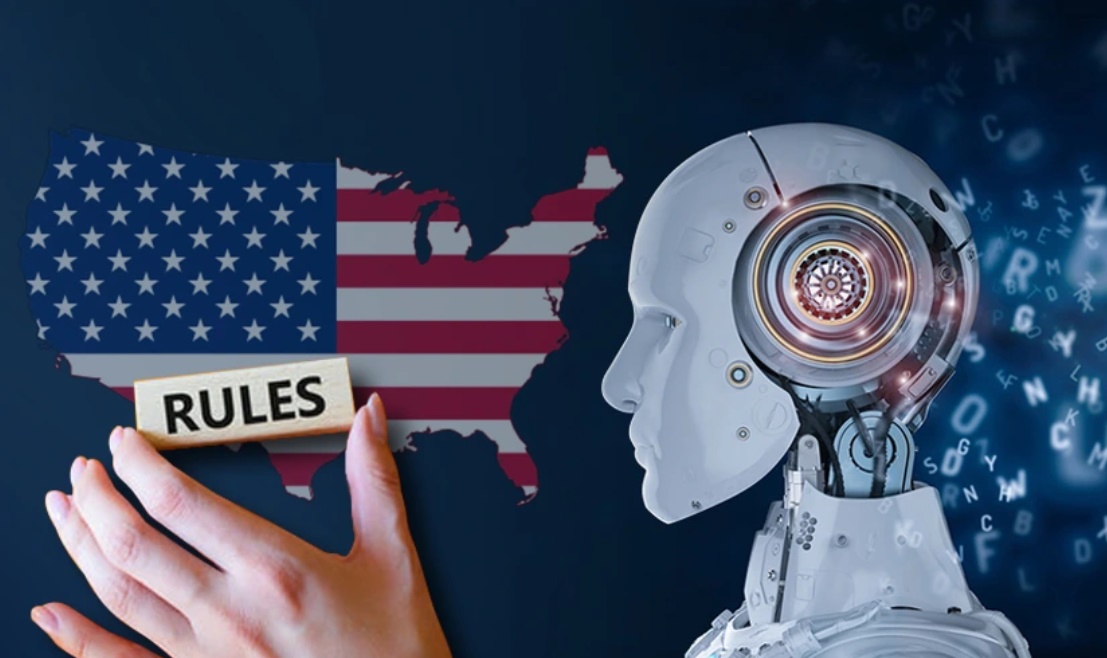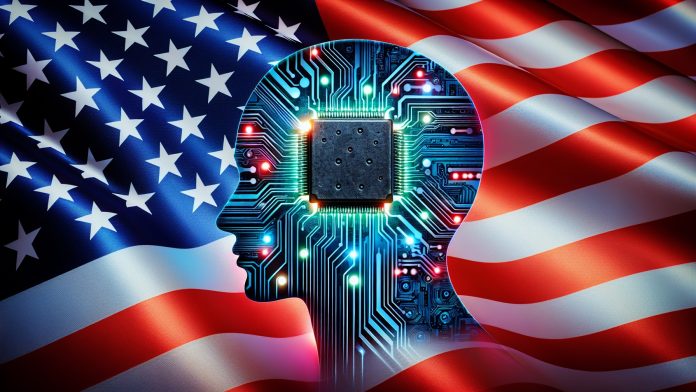⚖️🇺🇸 The Supreme Power: How the U.S. Supreme Court Is Reshaping America in 2025
BynambiPublished 87 days ago
🏛️ A Court Transformed
Since 2020, the balance of the Supreme Court has shifted significantly. With 6 conservative justices and 3 liberals, the Court’s decisions are now consistently aligned with originalist interpretations of the Constitution—a philosophy that often favors limited federal power and traditional social norms.
🧨 Landmark Cases in 2025
1. United States v. Digital Liberty Coalition
A case involving federal regulation of AI and digital surveillance. The Court ruled 5–4 against government mandates, citing First and Fourth Amendment concerns—shaping how far Washington can go in monitoring AI tools and digital platforms.
2. Jackson v. Environmental Protection Agency (EPA)
The Court restricted the EPA's authority to regulate carbon emissions without clear congressional authorization, dealing a blow to Biden’s climate agenda and shifting power back to Congress.
3. Dobson v. State of Colorado
A post-Dobbs abortion case, in which the Court upheld a state law banning abortion at six weeks with no exceptions for rape or incest. The ruling reinforced states’ autonomy over reproductive laws, sparking national protests.
4. Khan v. Department of Homeland Security
The Court ruled in favor of narrowing asylum eligibility, strengthening the executive branch’s immigration powers amid rising border tensions.
🗳️ Public Reaction: Deepening Divides
Recent polls show that public trust in the Supreme Court has dropped to 39%, with stark differences across party lines:
71% of Republicans approve of recent rulings
74% of Democrats believe the Court is out of touch with modern America
This growing distrust raises fundamental questions about judicial legitimacy and balance of power.
📜 Originalism vs. Living Constitution
The divide isn’t just political—it’s philosophical:
Originalists argue that the Constitution must be interpreted based on its original meaning.
Living constitutionalists believe the document should evolve with societal changes.
This tension defines many 5–4 rulings and influences lower courts across the country.
🧩 Checks and Imbalances?
With Congress gridlocked and presidential power often challenged, the Court fills a vacuum—but should it?
Reform Proposals Include:
Term limits for justices (currently lifetime)
Mandatory retirement ages
Court expansion (“court packing”)
A formal ethics code (currently voluntary)
But none have passed, despite growing public pressure.
🔮 What Lies Ahead?
The Court is set to hear a major 2025 voting rights case that could reshape redistricting nationwide.
Challenges to student debt relief and digital censorship laws are on the horizon.
Speculation is rising over potential retirements and the next judicial appointment battle.
🏁 Conclusion: A Nation Shaped by Nine
The Supreme Court, though unelected and often cloaked in formality, now plays a direct role in defining the rights, freedoms, and limits of American life. Whether seen as a stabilizing force or a political battleground, it is undeniably the most powerful institution most Americans never voted for.
As the nation wrestles with profound legal, moral, and societal questions, the future of democracy may well rest in the hands of nine justices in black robes.




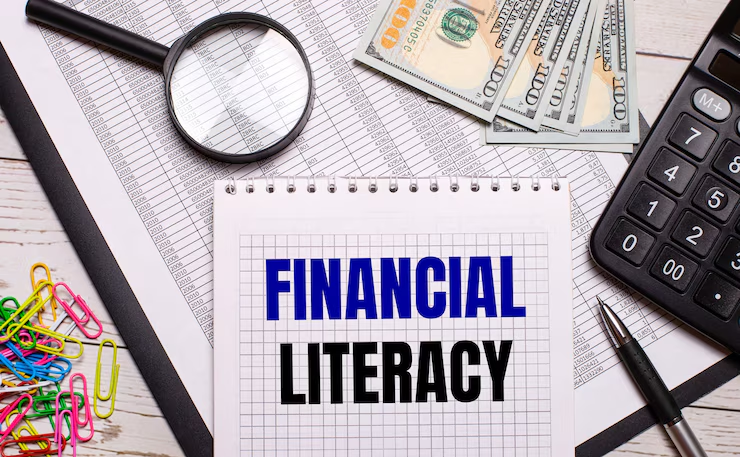
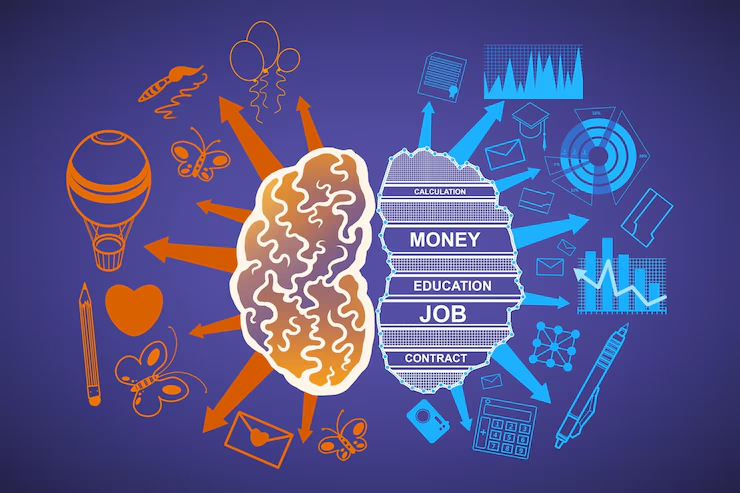

.avif)

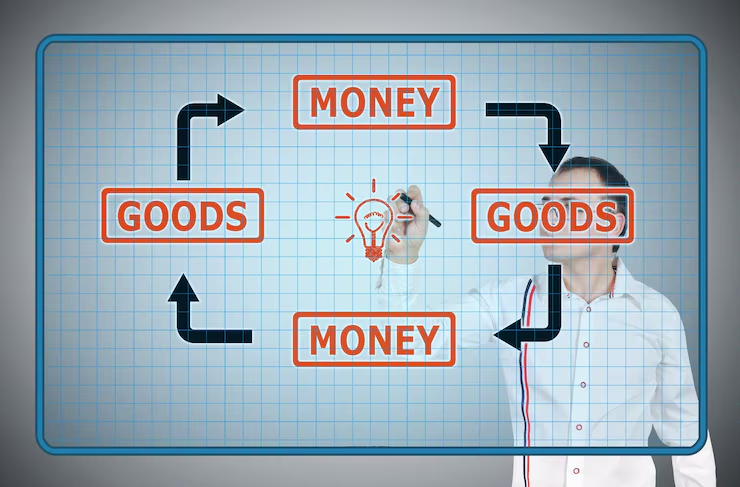



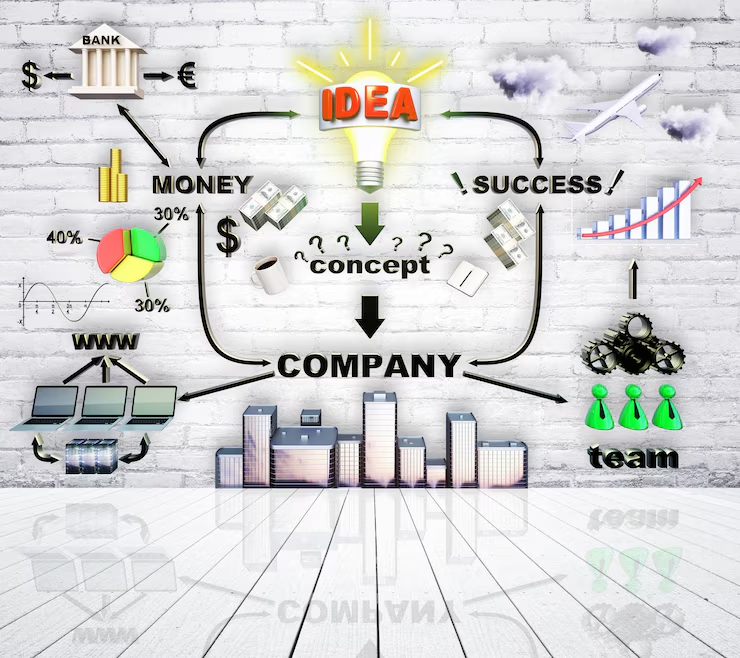

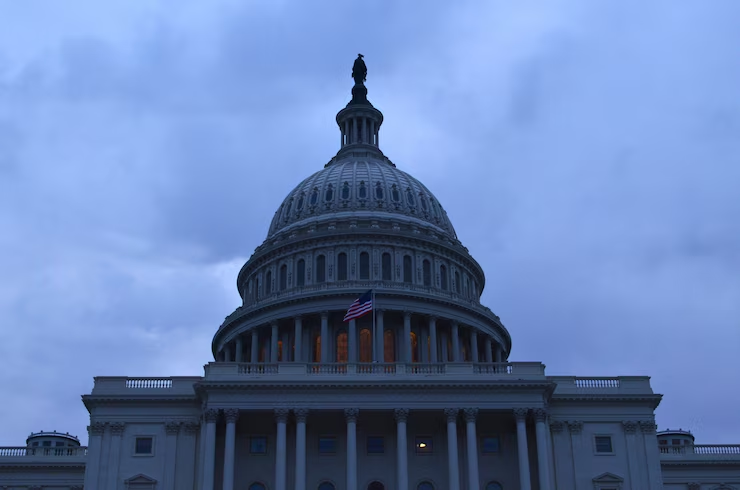
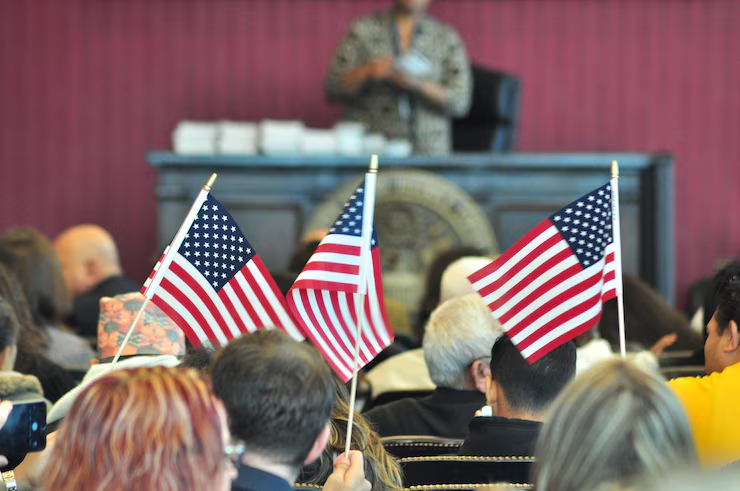





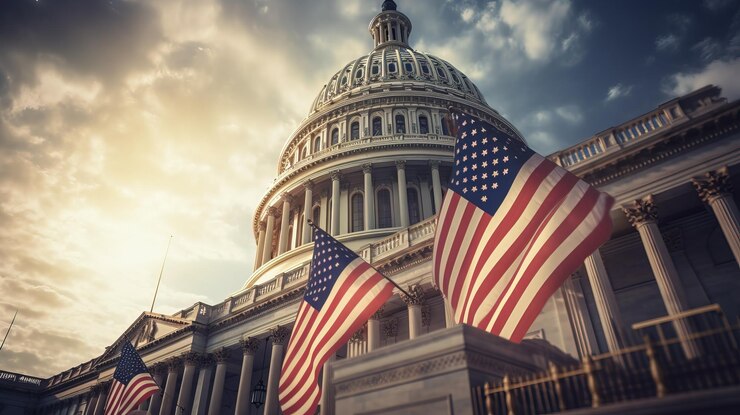

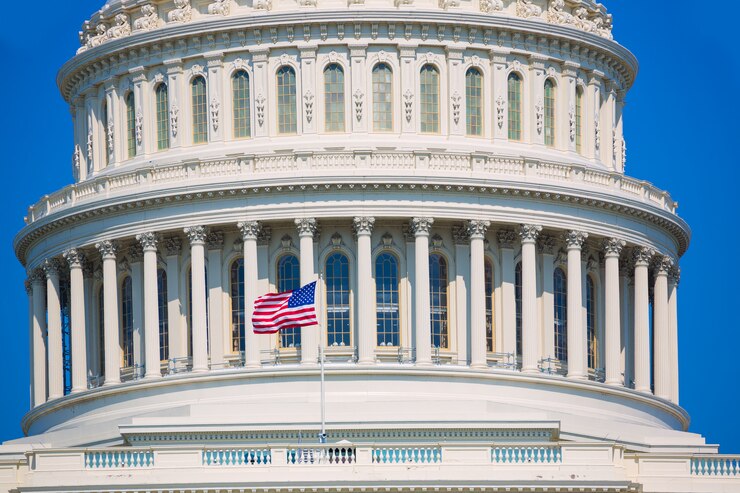
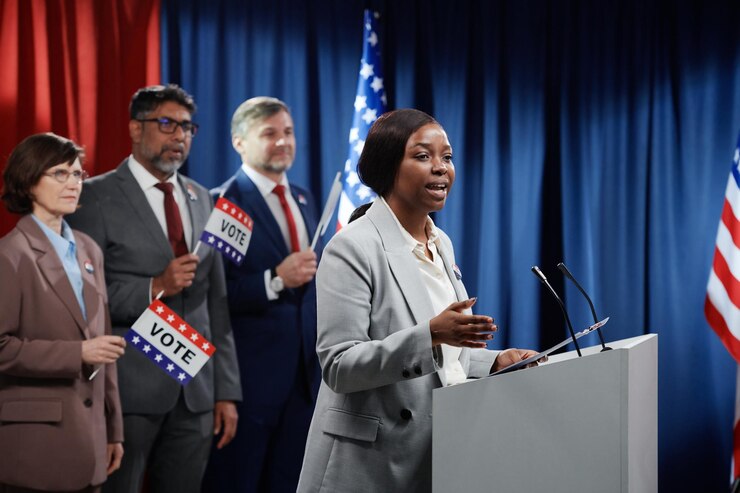
.jpg)





.png)
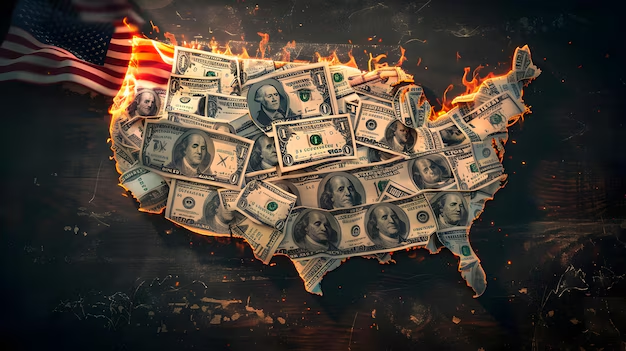







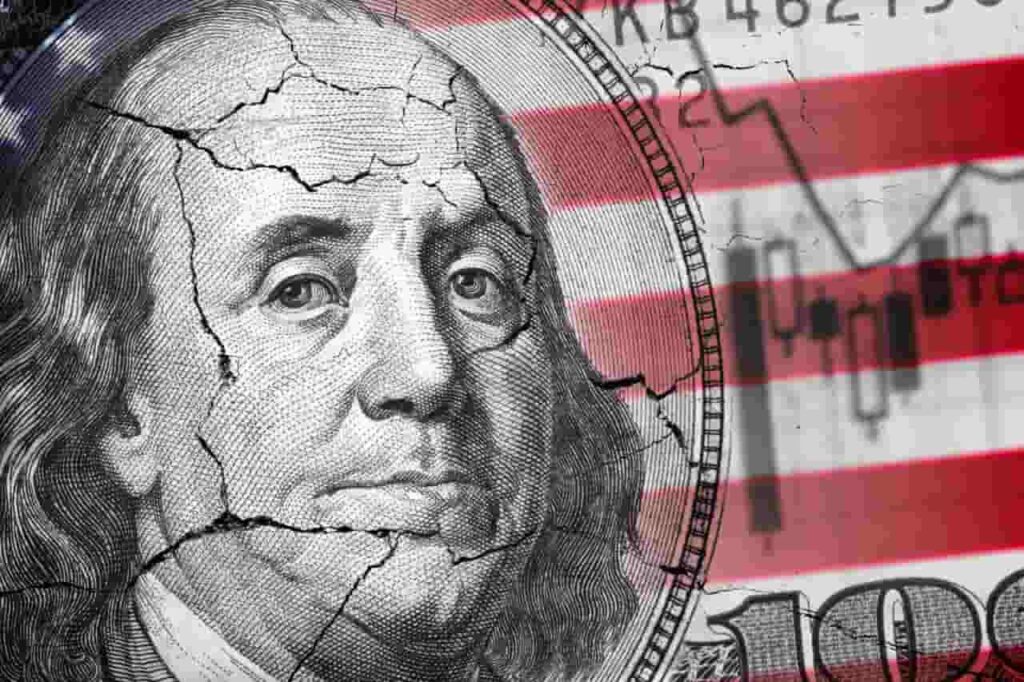



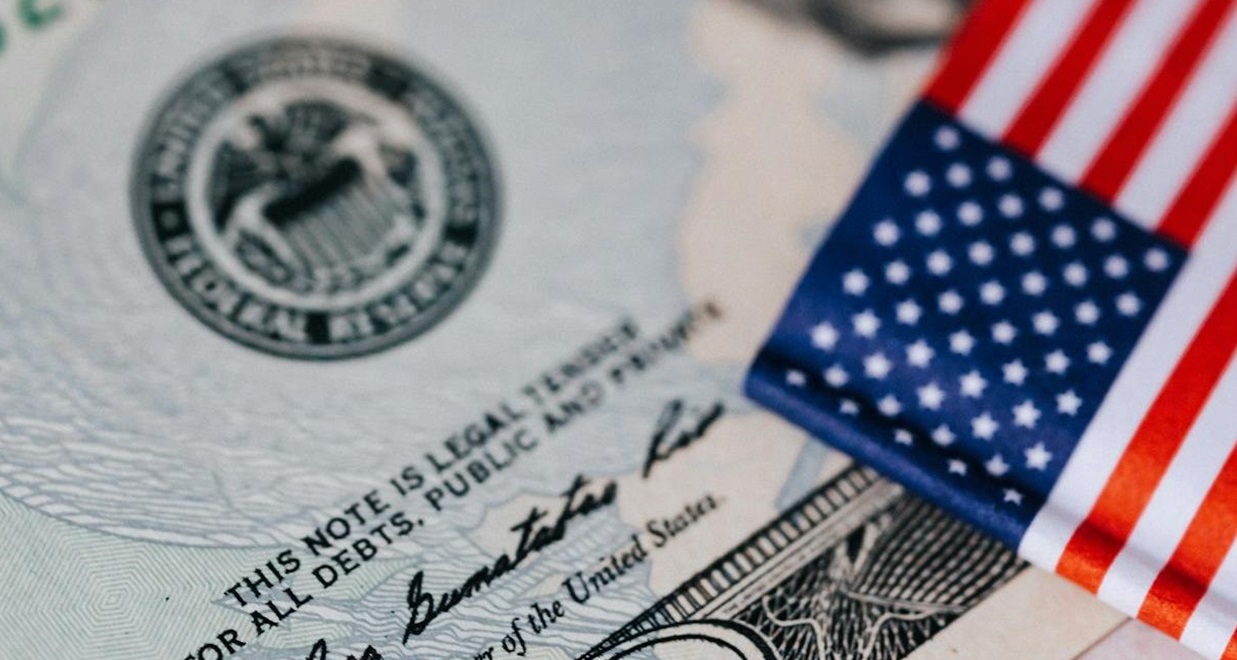
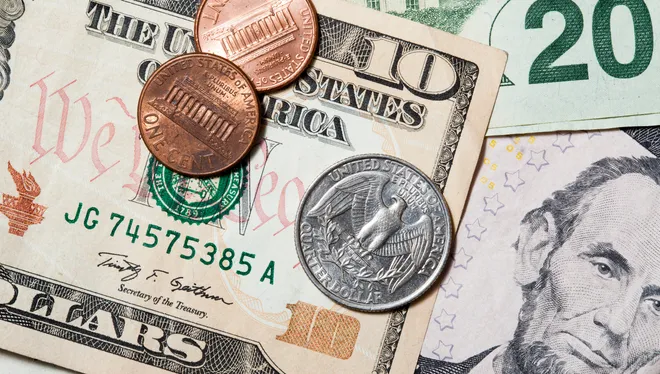



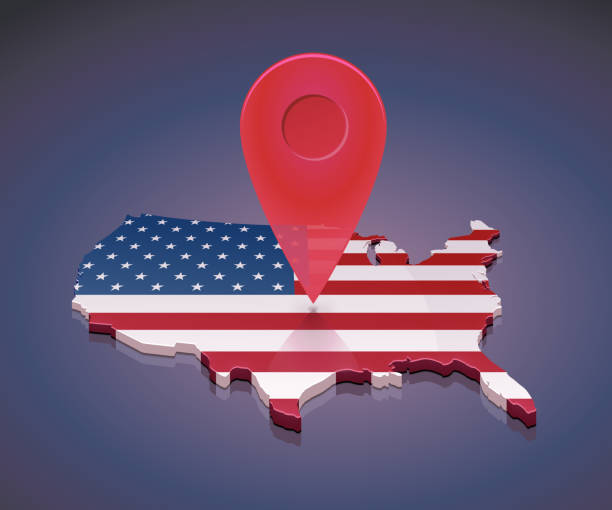

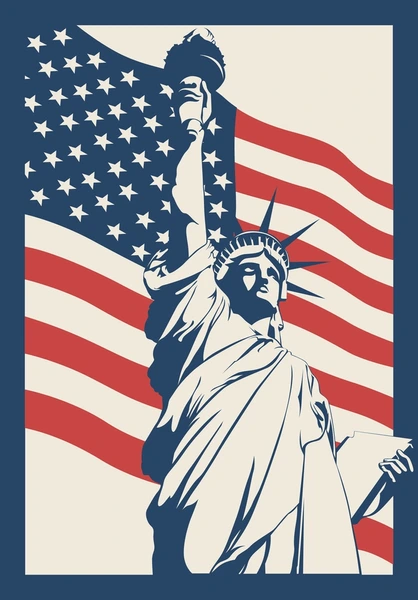
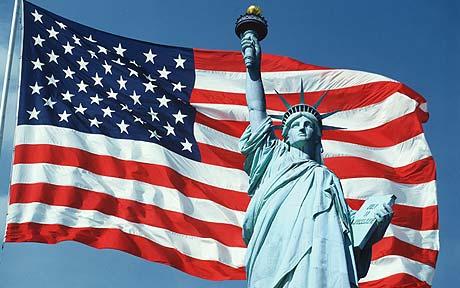
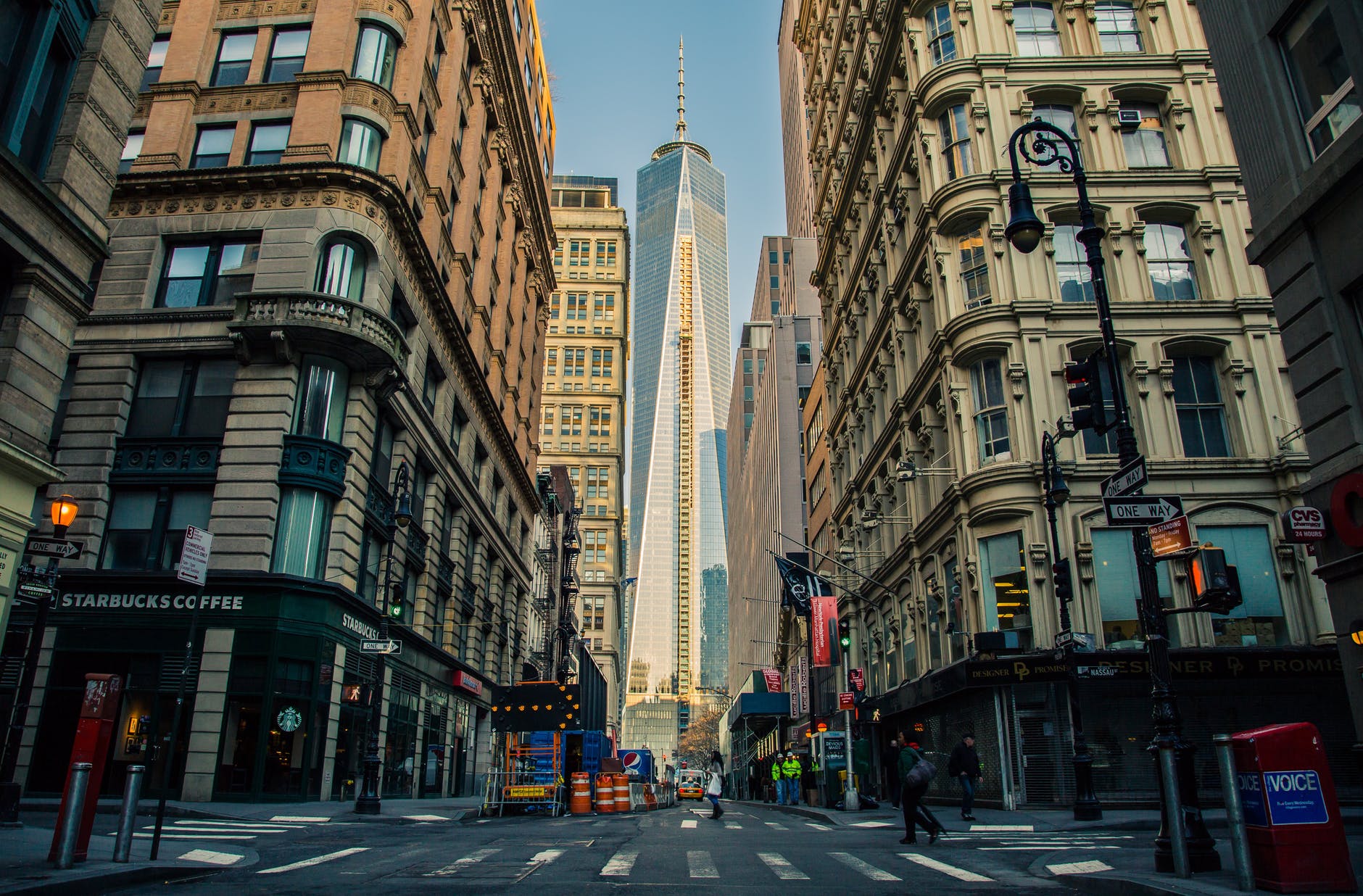
.jpg)
